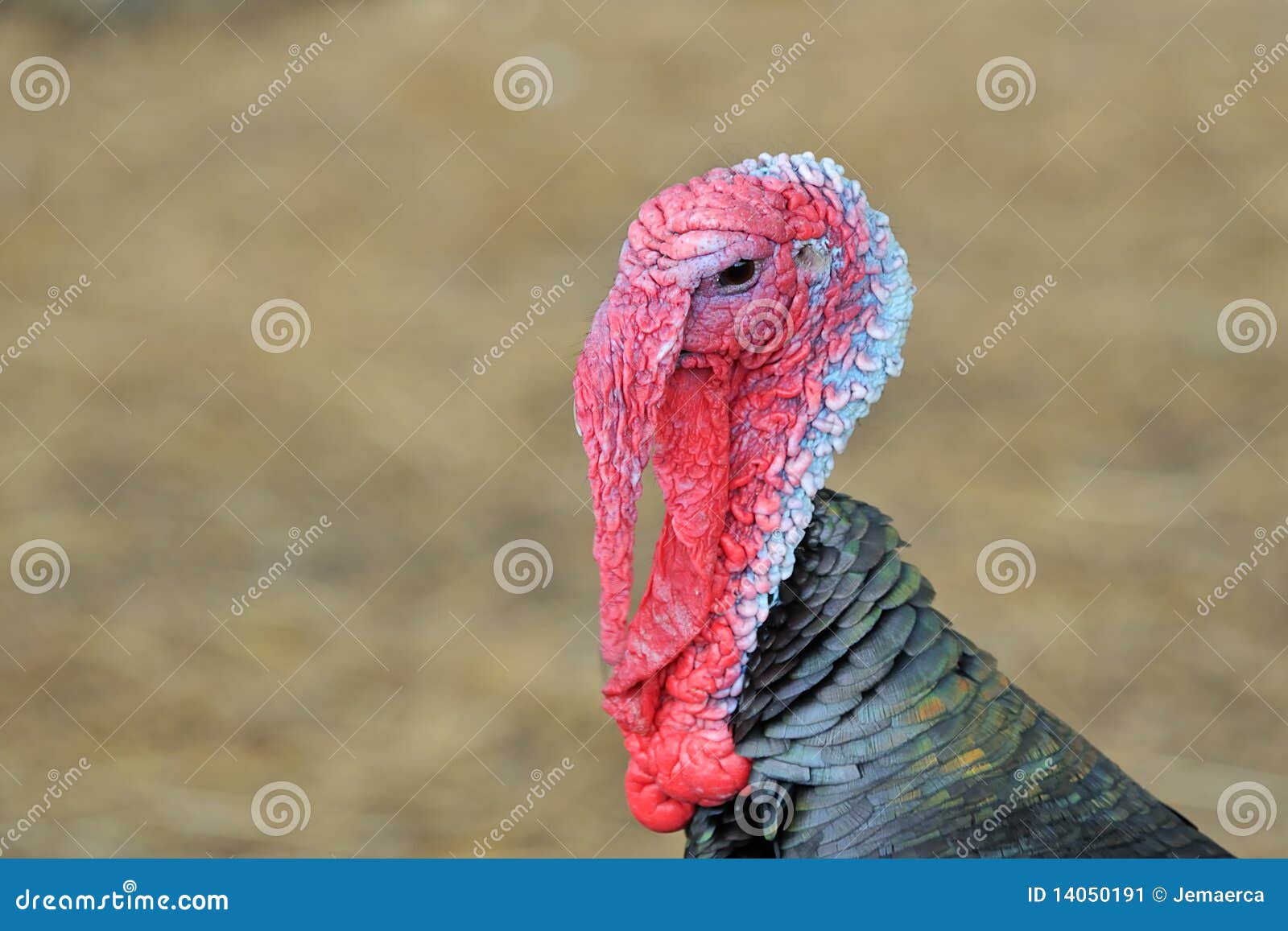

Others say that the name turkey came from Native Americans who called He decided to call them tuka, which is the word Say Columbus thought the land he discovered was connected to India which Was to the domestic turkey that has been bred into a condition of profoundĪre a number of possibilities on why turkeys are called turkeys. Not a compliment, in fact, it meant you were incompetent. His stuff, no one and nothing does it better than the proud, adult tomĭuring the ∗0's a popular slang expression was to call a personĭoing a stupid thing, a "turkey." Being called a turkey was When he is not "strutting"Ībout, the tom turkey looks much like the hen, only larger. Of course, who never seems to look directly at him. The tom turkey does this number to attract the attention of the female, Glorious minutes each day, he is the finest, most magnificent animal on Moving in a circle around the barnyard for all to see. His wings actually drape down and drag the ground as he stamps his spurredįeet. Each feather stands apart with his tail feathers fanned. Head high, piercing black eyes looking straight ahead.
#Snood turkey full#
The male turkey in full plumage is dignified and almost royal in appearance.Īs his dance begins, the body stiffens and he gobbles loudly holding his This feather works display only lasts for a few minutes but it can be Picture is actually the male turkey and this is not his usual stance. For those of you who have not seen a real turkey, the puffed up In pictures and drawings, the male turkey is usually shown in his proudest The female or hen turkey makesĪ gentle clucking or clicking sound. Only the adult male turkey makes the gobbler, gobble sound. To the amount of blood in muscles but rather to a specific muscle type Have white meat while the legs and thighs are dark? The explanation isĪ physiological one involving the function of muscles, which gives some Which time the entire area turns brilliantly bright red.ĭid you ever wonder why the breast and wings of chickens and turkeys The male turkey begins to do his "strut" or mating dance at The head, neck, snood and wattle are all reddish colored until The turkeyĪlso has a pouchlike area at the front of his throat which is called a A soft floppy growth on the front of the head, whichĭangles downward over the beak, is called the snood or dewbill. The head and neck of turkeys have no feathers rather it is covered with Turkey eggs are fertilized by artificial insemination for the hatchery. Male, "tom turkey" is not able to fertilize the eggs of theįemale, "hen turkeys" in the natural mating position. Our domesticated turkeys have such large chests that the The most prized portion of the turkey is the white meat of the breast.īecause Americans like white meat so much, turkeys are bred to produce Klein.īen Franklin on the Turkey as the National BirdĪ letter from Ben Franklin to his daughter about his desire to make the The true American turkey was "wildĪnd wary to the point of genius," said author G. Wild turkeys have longer necks and legs as well as smaller breasts

Imagine seeing a flock of birdsĪs large as turkeys flying across the sky. The wild turkey of Ben Franklin's day was a Of course, the turkey of his day was nothing like the domesticatedĭescendants we know today. Head emįranklin thought the North American wild turkey should be the nationalīird. To protect them on the long journey to the London market. Turkey farmers often covered the birds' feet with little booties In England, during the 1700's, turkeys were walked to market in large His costume is made of nearly 4,000 white turkey feathers, which have Big Bird, of Sesame Streetįame, is actually dressed in turkey feathers. Rictal bristles are not fleshy and do not change.Without turkeys, Big Bird would be naked.

Rictal Bristles: These are fine feathers or thin hairs at the base of the bill that are believed to help birds detect insects or protect the eyes and nares from debris or bacteria.It does not change shape or size once it has fully grown, though some birds do have casques that vary during the breeding season. Casque: This hard, horny structure may be either on the top of the bird's bill or on the top of the head.It never, however, dangles over the bill and is not floppy or flexible. Basal Knob: This is an engorged, round structure at the base of the bill, but it is typically hard and does not change color or size as frequently as the snood, though it may change somewhat in breeding birds.The cere never dangles longer than the bird's bill. The cere may swell if infected, but does not dramatically change color or size as the snood will and is more often completely flat or only slightly bulbous.
#Snood turkey skin#


 0 kommentar(er)
0 kommentar(er)
